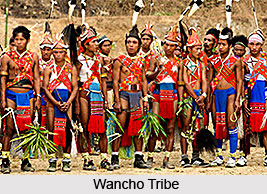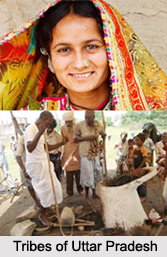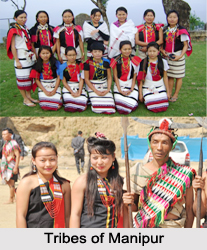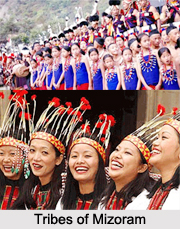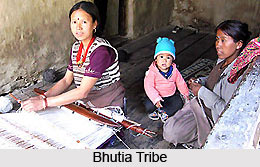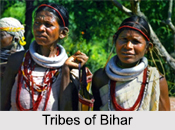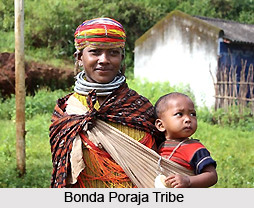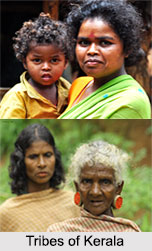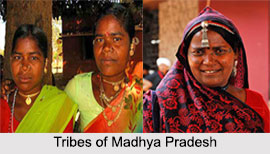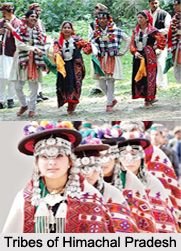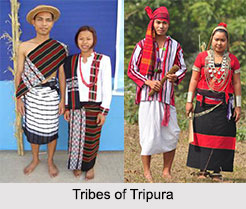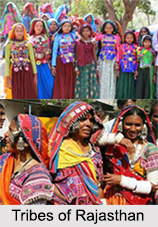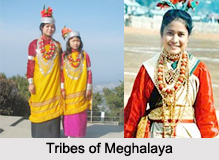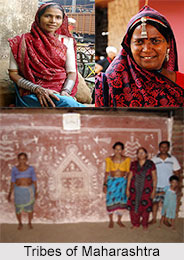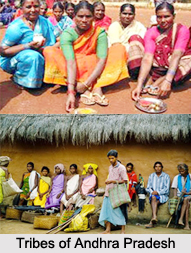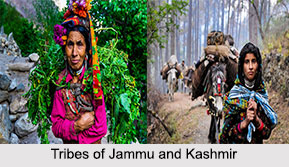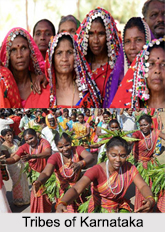Ind-Parab, held in the month of Bhado i.e. during July-August, is mostly celebrated by the villages that came under the influence of Hindus. The festival is celebrated on the day succeeding the Karam feast. No particular date is appointed for the celebration of the festival but it is generally celebrated latest before the Desai feast. A postponement in the celebration may be caused by a sudden illness, death or an epidemic in the village.
For the celebration of the festival a thick pole of Sal tree is planted at the centre of a high ground chosen for the purpose. Two other huge poles are also planted parallel to it maintaining a distance from the central pole known as Indi Khunta. A horizontal pole is then tied to these three vertical poles. At cetain places, at the foot of these three vertical posts a horizontal log of wood is also fastened.
On the festive day the Munda Tribe assemble at the Ind Pole early in the morning. The Pahan invited for the festival brings with him a fowl or in some cases a goat for sacrificing it at the Ind pole in honour of the Chandibonga. It is commonly believed by the Mundas that the planting of a stick feathered with a Kareba will guarantee a good crop and high production. The Pahan is thus, requested to plant them in their individual fields. After the sacrifice the Pahan emerges from his house with an umbrella like structure made of bamboo sticks and wrapped with cloth. The villagers gather around him and march for a procession towards the Ind pole followed by beating of drums. Upon reaching the spot the structure resembling the umbrella is fixed to the wooden frame tied to the Ind pole. The villagers residing nearby are also invited to partake in the celebration. However, mostly youths and maidens attend this festival. Married people do not generally take part.
This festival chiefly constitutes only of the dancers and the spectators. This festival provides a platform for the villagers to mingle with each other and develop a close relationship. The close relatives of the villagers are also invited on this occasion and offered rice beer together with taben. On the seventh day, the Ind pole is withdrawn and an offering of rice beer is made to the Chandibonga again. It is believed that this festival is celebrated in the memory of the first Nagbansi landlord.
